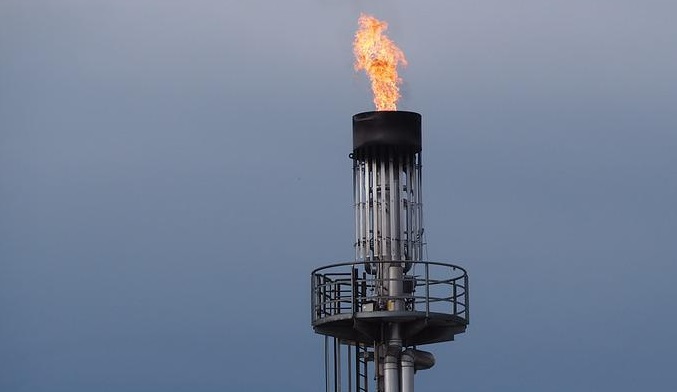The Netherland’s secretary for extractive industries, Hans Vijlbrief, said in an interview with the Financial Times, that later this year the Dutch Government will halt production at the Groningen gas field. He noted the field is currently only producing a fraction of its capacity, and is “very dangerous” to operate.
He said, “We won’t open up more because of the safety issues…. I’m not going to do it because it means that you increase the chances of earthquakes, which I don’t want to be responsible for.”
He went on, “It’s very, very simple: everybody who has some knowledge of earthquake danger tells me that it’s really very dangerous to keep on producing [at Groningen]. I’m quite convinced it’s wise to close it down.”
He said the plan currently is to halt production and shut the field down by October 1st, but the final decision will depend on whether the EU has enough gas following this winter. He said if gas supplies are too tight, the field could be kept running until October of 2024.
Groningen reportedly houses about $1 trillion worth of reserves. The field was opened in 1963, and was producing over 50 billion cubic meters of gas ten years ago, at its peak. However since then, production has gradually been cut in response to fears of local residents that the earthquakes the field’s extraction process produced could damage their homes. According to the Financial Times, there have been as many as 100 drilling-related earthquakes documented around the field each year since the 1980’s, and there have been about 160,000 damage claims made for property damage caused by the quakes.
EU authorities pressured the Netherlands to increase production at the site last year, as the reduction in Russian gas flows sparked fears of a winter shortage which would prevent citizens from heating their homes, as well as skyrocketing gas prices. Although the Dutch government resisted the pressure, it did postpone the initial plans on when to shutter the field. Vijlbrief noted they still cut the field’s annual production to 2.8 billion cubic meters (BCM), because there would be a heightened risk of earthquakes as they approached 5 billion cubic meters per year.
Russia was the largest supplier of natural gas to the EU, with 40% of the EU’s annual gas consumption coming from Moscow in 2021. However last year, Ukraine-related sanctions eventually led to a reduction, and then a full cessation of gas supplies to the EU through the Yamal-Europe and Nord Stream 1 pipelines. Deliveries through the Nord Stream 1 pipeline became impossible in September, when unknown actors sabotaged the pipeline under the ocean using explosives.
Russia still supplies some gas to select European buyers through a transit line which travels through Ukraine and the TurkStream pipeline through Türkiye. However total volumes supplied are a small fraction of the supplies delivered in 2021. Analysts warn that while the EU is not in immediate danger, it is possible the bloc may face difficulties when it seeks to refill reserve capacities in preparation for next winter.

